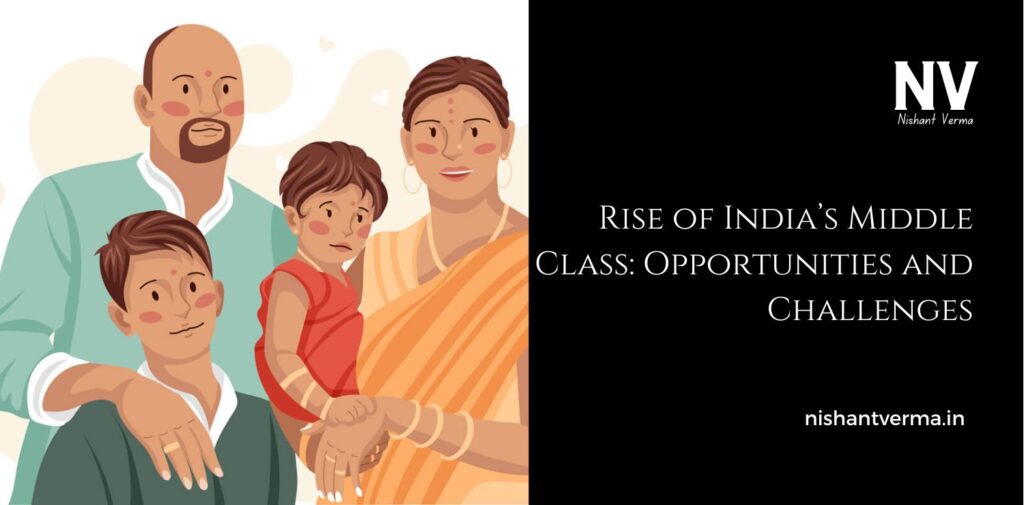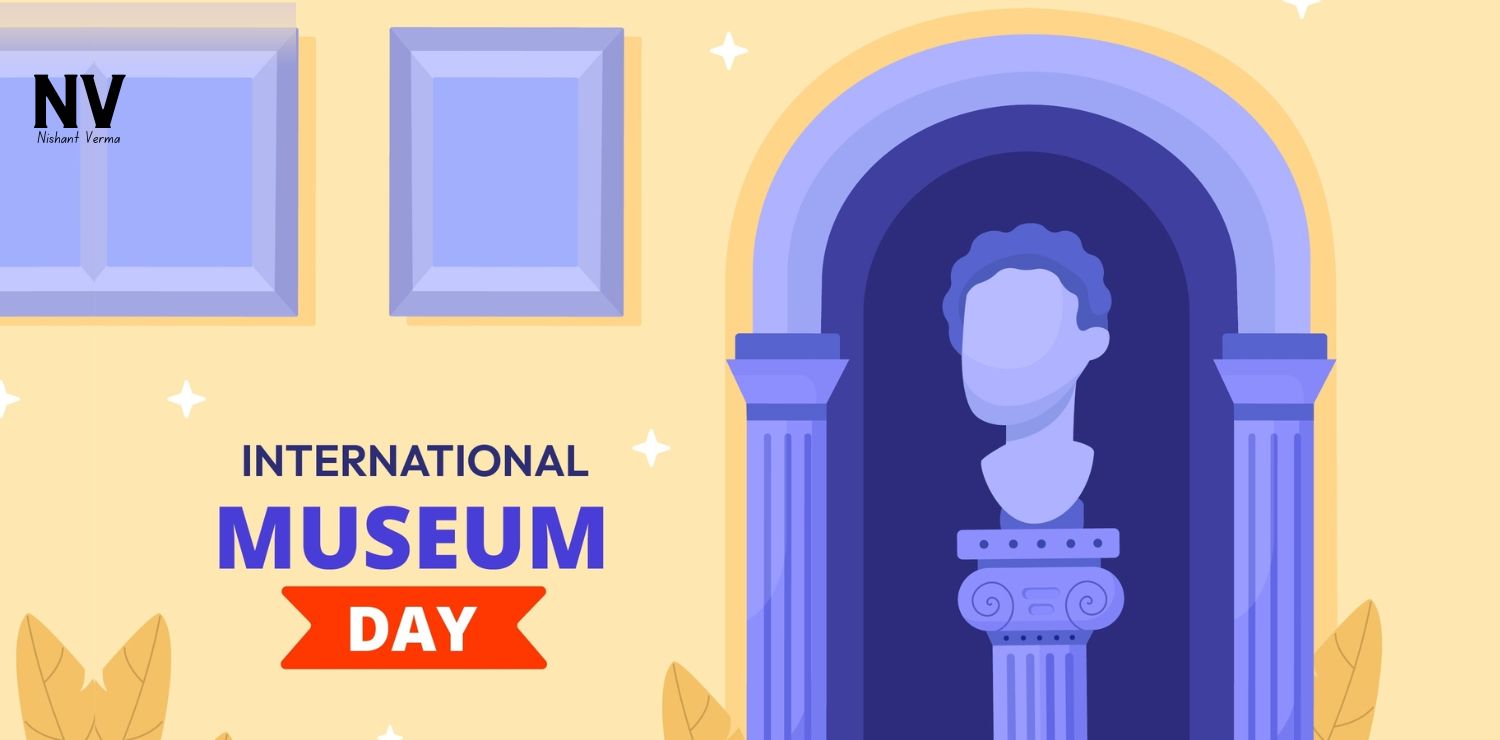In the last few decades, India has witnessed an exciting and important change: the growth of its middle class. The middle class is made up of people who are neither very rich nor very poor. They earn enough to live comfortably, buy some things they want, and afford things like a good education, healthcare, and housing. This rise of the middle class in India is a big part of the country’s economic growth and has brought many changes to the lives of millions of people. But like any big change, it comes with both opportunities and challenges.
Let’s take a look at how India’s middle class has risen, what opportunities it has brought, and the challenges that need to be faced to ensure everyone benefits from this growth.
What is the Middle Class?
Before we dive into the rise of India’s middle class, let’s first understand what “middle class” means. The middle class is a group of people who have enough money to meet their basic needs—like food, clothing, and shelter—and also have some extra money to spend on things like entertainment, travel, and other comforts.
People in the middle class usually have jobs that require education or skills, like teachers, doctors, engineers, business people, or office workers. They are not the richest people in society, but they live a good life and contribute to the country’s economy by buying goods and services, paying taxes, and supporting businesses.
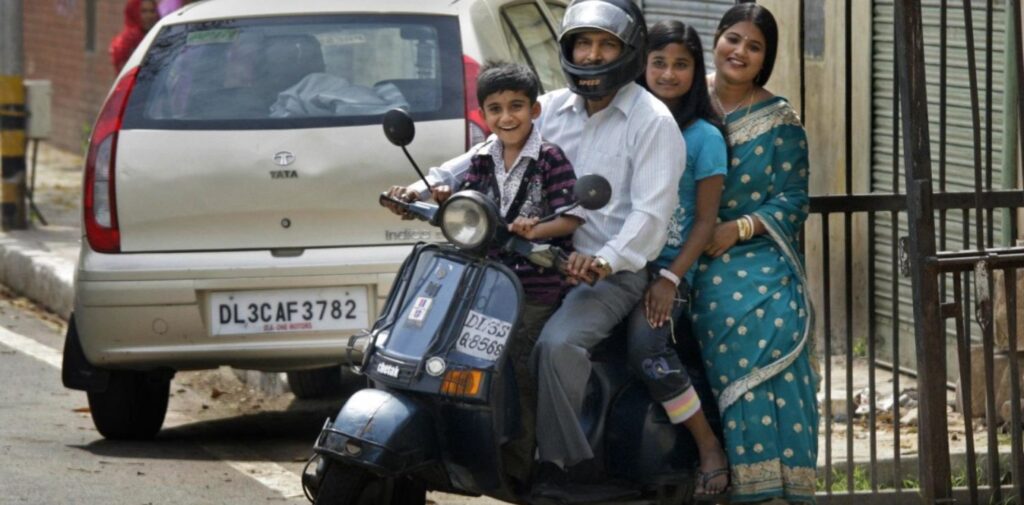
The Growth of India’s Middle Class
Over the past few decades, India has experienced rapid economic growth. This means that the country’s economy is getting bigger, and more people are earning better salaries than before. The middle class in India has grown significantly, especially after the 1990s, when the country opened up its economy to the world.
Before the 1990s, most people in India lived in villages and worked in agriculture. But with the rise of industries, services, and the growth of cities, many people moved to urban areas and found jobs in different sectors like information technology (IT), healthcare, education, and business.
Today, the middle class in India is estimated to be over 350 million people. This group is expected to grow even more in the coming years, as India’s economy continues to develop and more people move into cities. The middle class has become the backbone of India’s economy, as it drives consumer demand and contributes to the growth of businesses.
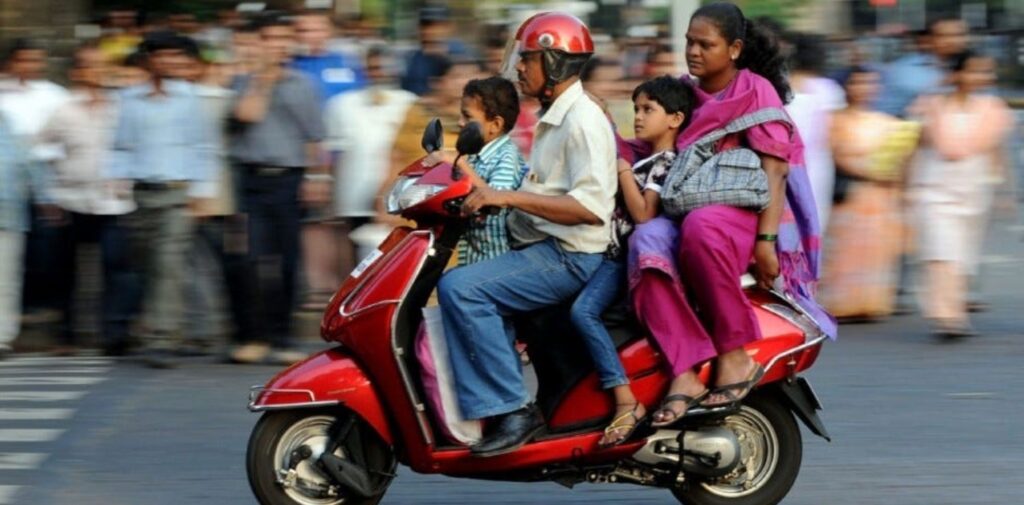
Opportunities Created by the Rise of the Middle Class
The rise of the middle class in India has brought many new opportunities. These opportunities are not just for individuals, but also for the country as a whole. Let’s take a look at some of the biggest opportunities created by this growth.
- Increased Consumer Spending: As more people enter the middle class, they start spending more on goods and services. This includes things like clothing, electronics, cars, and travel. The rise in consumer spending has led to the growth of businesses in India. Companies are now producing more goods, opening new stores, and offering more services to meet the needs of this expanding middle class. This has created jobs and helped the economy grow. For example, shopping malls, movie theaters, and fast-food chains are now very common in Indian cities. People can buy things that were once considered luxuries, like smartphones, laptops, and refrigerators. This has improved the standard of living for many people.
- Better Education and Healthcare: As the middle class grows, more families are able to afford better education for their children. They can send their kids to good schools and universities, both in India and abroad. This helps build a more educated workforce, which is important for the country’s future. An educated population can drive innovation, create businesses, and help improve the economy. Similarly, people in the middle class are able to afford better healthcare. They can visit good hospitals, get regular check-ups, and buy medicines. This has led to better health outcomes for many people and increased life expectancy.
- Growth of Cities and Urban Development: The rise of the middle class has also led to the growth of cities in India. As more people move to urban areas, cities are becoming bigger and more developed. This has created opportunities in housing, infrastructure, transportation, and real estate. New roads, bridges, metro systems, and modern housing projects are being built to accommodate the growing population. This development has made cities more livable and has improved the quality of life for many people.
- Global Recognition: As India’s middle class grows and becomes more prosperous, the country is gaining recognition on the global stage. India is becoming a key player in the world economy, and its middle class is a big part of this. More and more international companies are setting up offices in India to tap into this growing market.
India’s middle class is also attracting global attention because it represents a huge market for products and services. Companies from around the world are looking to sell their goods to Indian consumers, from cars and smartphones to fashion and entertainment. This is helping India become a more connected and important part of the global economy.
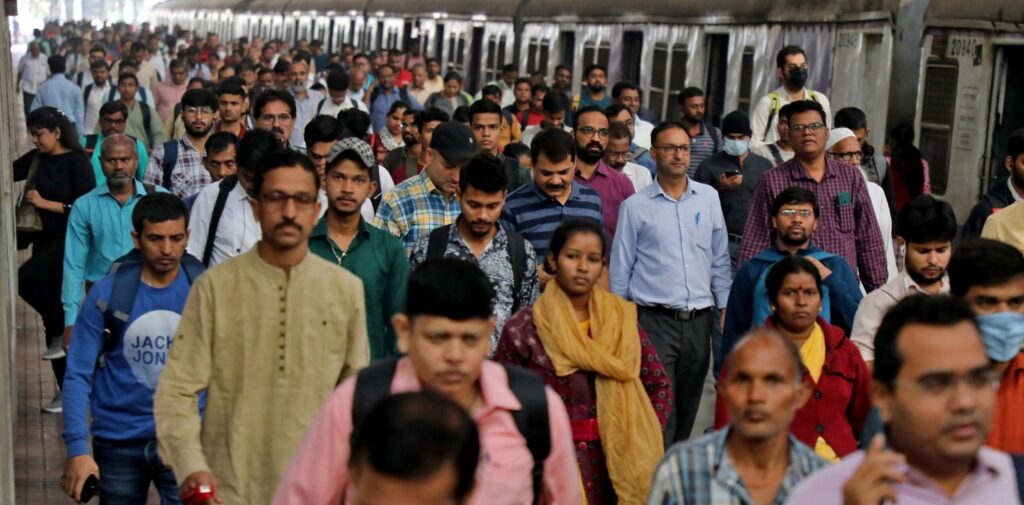
Challenges Faced by the Growing Middle Class
While the rise of India’s middle class has brought many benefits, it has also created some challenges. Let’s take a look at some of the problems that need to be addressed.
- Income Inequality: One of the biggest challenges of a growing middle class is that it can also highlight the differences between the rich and the poor. While many people are moving into the middle class, there are still millions of people in India who live in poverty. These people don’t have access to good jobs, education, or healthcare, and they are often left behind as the middle class grows. Income inequality is a big issue in India, where the gap between the rich and poor is growing. This means that even though many people are doing better, others are struggling to survive. The government and society need to work together to reduce this gap and ensure that everyone benefits from India’s economic growth.
- Urbanization and Overcrowding: As more people move to cities in search of better opportunities, the urban areas are becoming overcrowded. Cities like Mumbai, Delhi, and Bangalore are facing problems like traffic jams, pollution, and lack of space. This makes it difficult for people to live comfortably and can lower the quality of life. Building enough homes, providing clean water, and improving public transportation are some of the key challenges that need to be addressed as cities continue to grow. Without proper planning, rapid urbanization can lead to serious problems.
- Job Creation: While the middle class is growing, there is still a need to create enough jobs to support this growing population. Many people in India are moving from rural areas to cities in search of work. However, there are not always enough jobs to go around. This leads to unemployment or underemployment, where people work in low-paying or temporary jobs. The government and businesses need to focus on creating more jobs, especially in sectors like manufacturing, technology, and services, to ensure that everyone has the opportunity to improve their lives.
- Environmental Concerns: As more people in India join the middle class, they begin consuming more resources. This includes things like cars, electricity, and food. Increased consumption can lead to more pollution, waste, and pressure on natural resources like water and land.
To address this challenge, India will need to focus on sustainable development, using renewable energy, and promoting eco-friendly practices to protect the environment for future generations.
Conclusion
The rise of India’s middle class is an exciting development for the country. It has brought many opportunities, including better education, healthcare, and economic growth. However, it has also created challenges, such as income inequality, overcrowding in cities, and the need for more jobs.
India must continue to work on solving these challenges while supporting the growth of its middle class. By doing so, the country can ensure that more people benefit from its rise and that everyone has the chance to live a better life. The future of India’s middle class looks bright, and with the right policies and efforts, it can play a key role in building a stronger, more prosperous India.

